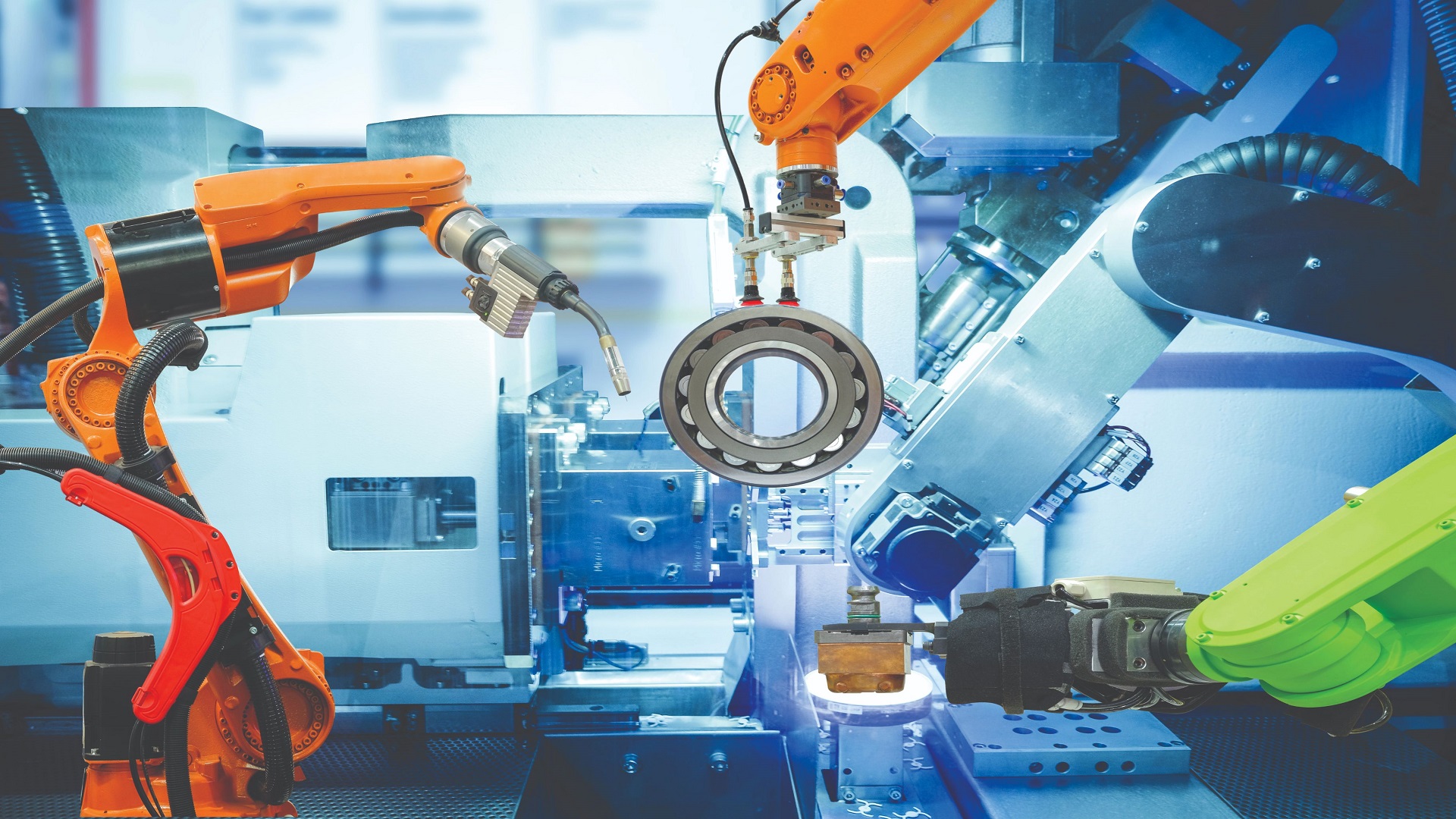The business uncertainties arising due to multiple lockdowns being imposed to curb the spread of infections during this pandemic have created a massive impact on manufacturers’ critical KPIs. The percentage impact is not identical across the industry but varies at different levels for different manufacturers (discrete, process, repetitive manufactures, etc.).
Most of the Manufacturing leaders are bracing for further impact and are very clear that they must move forward towards a recovery phase at the earliest, which requires a paradigm shift of focus from not only shoring up at this stage but also creating a long term strategy to drive business resiliency and be prepared for any future uncertainties that may arise.
Manufacturers will require new capabilities to bounce back quickly and get back to the original or improved state to meet both short-term and long-term requirements. This cuts across the entire organization, starting right from their internal operations to design, procurement, production, quality, services, and across the whole supply chain network to preserve business continuity and consistency of product supply in an event of short and long-term disruptions.
To meet these strategic requirements, it is evident that a “data-led” digital transformation approach becomes a front runner amid this pandemic which has accentuated the importance of digital technologies in the pursuit of Industry 4.0, connected supply chain, and automation at various levels.
In this article we will briefly talk about how data-led recovery can be achieved, in addition to answering the critical question of how artificial intelligence (AI) and streaming analytics can accelerate industry recovery in the short, medium, and long term.
In general, there are four steps in the road to recovery:
1. Take a step back, don’t look at the problem in isolation. Look at the entire organization covering people, processes, and technology. This provides clear guidance to the overall objectives and view of the complexity and dynamics spread across people, processes, and technology journeys.
2. Establish a clear data strategy and process of integration for internal and external data points to gain insights toward the overall landscape and identify opportunities and areas that may require further optimization.
3. Develop a plan to drive continuous innovation across IT/OT and integrated IIoT/AIoT, cloud, and AI platforms. This allows a steady stream of development and road map for various products and services that can be leveraged.
4. Identify quick-wins use cases and technology that can assist in solving problems and scale the implementation, accordingly, ensure that the chosen technology plays a more significant role in integrating, and build on existing technology investments that the organizations may have already made.
As a global leader in the field of analytics and digital transformation, SAS has been engaged in multiple consultative and delivery engagements with our esteemed clients around the globe. We are helping thousands of manufacturers move from a reactive to a proactive approach. Leveraging AI and ML, SAS enables organizations to detect, resolve, predict, and prevent quality and reliability issues, forecast demand while dynamically optimizing production and supply chains, and drive innovative digital services and revenues. Whether the data is streaming in from the edge in the operations, in a historian or MES system, in the cloud, or in your data center, SAS can help you sense vital signals, understand what they mean, and act in real-time.
A real-life example
Let us take a quick look at one such real-life example on Servitization picked up from our pool of client case studies.
Manufactured products today have a higher service component than in previous decades. In management literature, this is referred to as the ‘Servitization’ of products. Almost every product today has a service component to it, and in the future, many products will be transformed into services.
One of the world’s largest heavy industrial product manufacturers is working towards moving from selling cranes and other heavy industrial equipment to selling a guaranteed lifting capacity to clients. To support these additional services, the manufacturer turned their products into connected devices to capture, monitor, and analyze data directly from their products. This was a well thought-out strategy, and the client followed all the four steps we discussed earlier and added learnings from their business and domain experience.
Traditional manufacturers are seeing their margins decline because of price pressure from low-cost producers and new players entering the customer service market. Consequently, they are re-inventing themselves as added value service providers.
The Industrial Internet of Things is the key enabler for them to do so and secure their position in tomorrow’s marketplace in which profits will come from service rather than pure product sales. Companies who don’t act now will miss the window of opportunity and gradually lose market share to their more innovative and customer-centric peers. We at SAS help you to get ready for the Future.
Scan the QR CODE
To learn how SAS Manufacturing analytics can help your organization Reduce costs, Improve productivity and Minimize risk.
